Home
Knowledge hub
News & events
News
Upgrading for growth
Changes to the system have not been implemented to grow the herd, but instead consolidate the system and make it more efficient.
After almost 150 years of milking, a family farm is still introducing new technology to improve herd management and milking efficiency. Investments in milking robots and pioneering analysis software are helping to minimise labour and maximise yield.
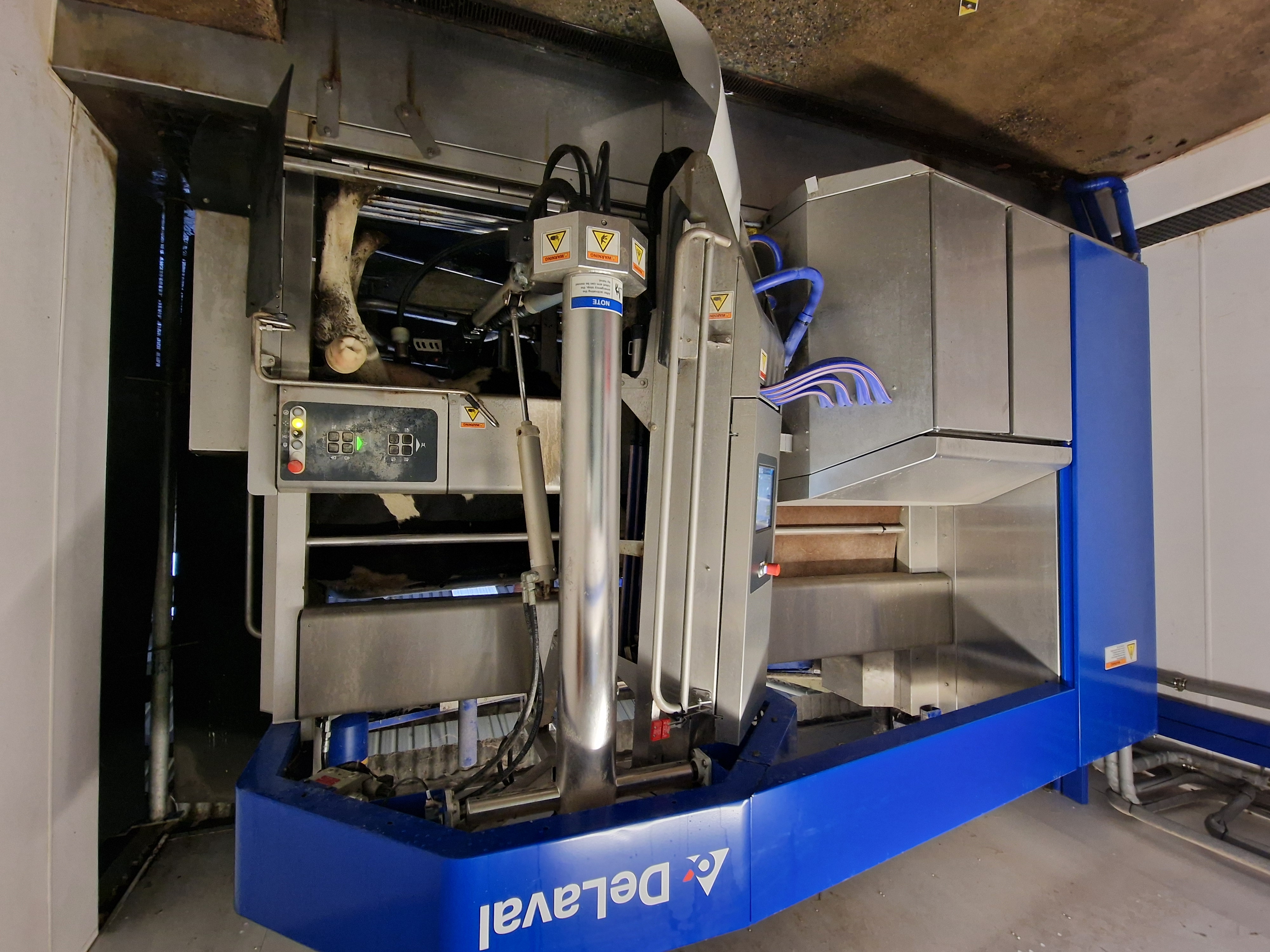
The Walsh family has milked cows at Island Farm near Enniscorthy, Co Wexford, since 1875. 4th generation James, and his son Andrew, milk 90 cows with the help of two DeLaval VMS V310 robots.
“We first installed a DeLaval Classic robot in 2015 and replaced it with the newer VMS V310 robot in 2019. We then added a second V310 in 2022. The original robot milked 76 cows, but, when we heard the new model could manage more, we exchanged it and reached 84. However, through experience, we have added a second robot and now intend to milk no more than 100 cows,” says James.
As an early adopter of robot milking, the family has had experience of pushing the technology to the limit and has learned that sometimes less is more.
“84 cows on one robot presents challenges and we felt we were pushing the system too hard. Whilst we accept there is a greater cost to operating two robots, we are much happier keeping cow numbers lower per robot because the system is much easier to manage in the context of the diverse farm we have,” he says.
The mixed farm spans 300 acres which includes grazing land, barley, oats and fodder beet. The family also finishes 80 beef cattle.
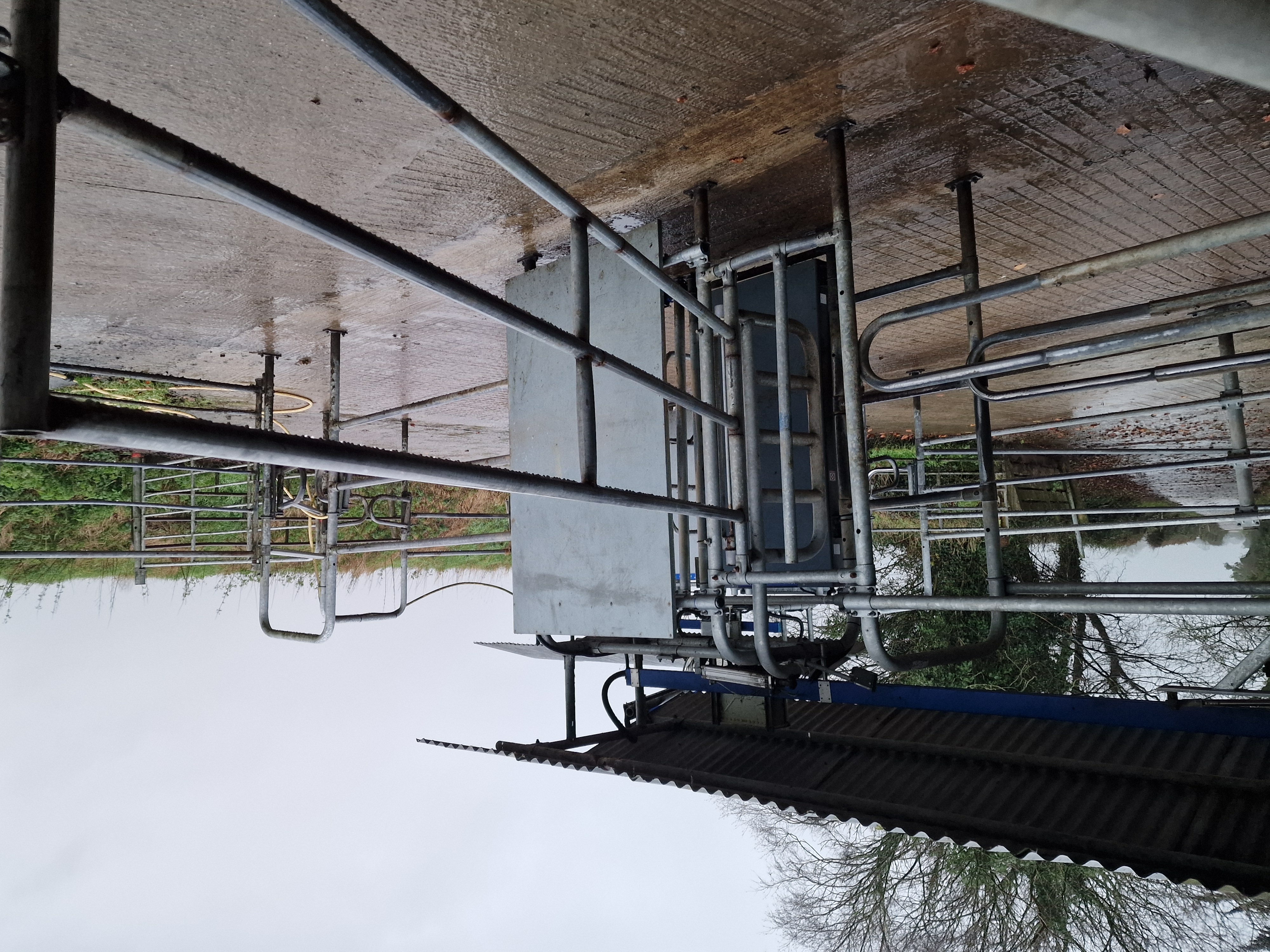
“We have built a system that is self-contained and practically self-sufficient. As a father and son team we are able to manage everything from field and yard work to cow health. This has been largely supported by technology, whether it be GPS and autosteer on a tractor, or using robots to milk the herd,” he says.
He suggests that the farm system, as a whole, is built around efficiency and, rather than constantly looking for growth and optimisation, he prefers a work life balance that enables the family to enjoy farming in a more relaxed way.
“We’re not about big or growing numbers. Our farm is centred on having the best system for us, our livestock and our crop choices. In the past when we were pushing the limit of what one milking robot could manage, we felt the constant need to be on hand to check everything was working well. Now we let the cows and robots get on with it,” he says.
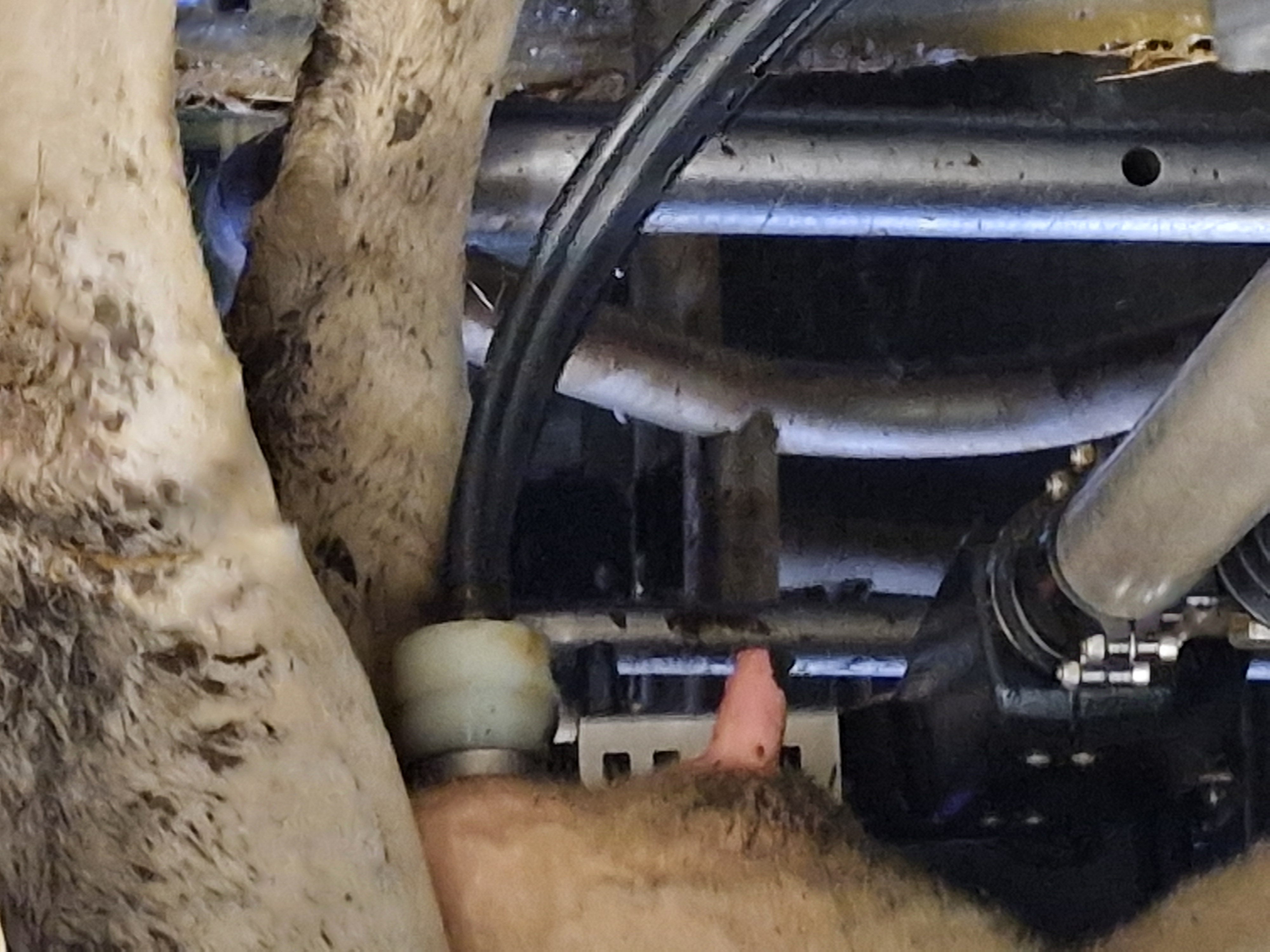
The robots do far more than just milk the herd. Integrated software collects cow health and yield data from each milking and it is recorded in the farm’s DelPro system.
“We chose to install Herd Navigator, a progesterone testing system which detects heat, provides a pregnancy diagnosis, identifies non cycling cows and tells us when to serve a cow. In the last four years our AI straws have reduced by 40% and we are getting cows in calf earlier which has improved our overall yield,” he says.
The farm has begun investing in more expensive sexed semen because the Herd Navigator technology has given them the reassurance that the cows are ready to be served.
“All the other heat detection systems work on an algorithm, but Herd Navigator works on scientific fact and, by testing progesterone levels in milk, it is 100% accurate,” he adds.
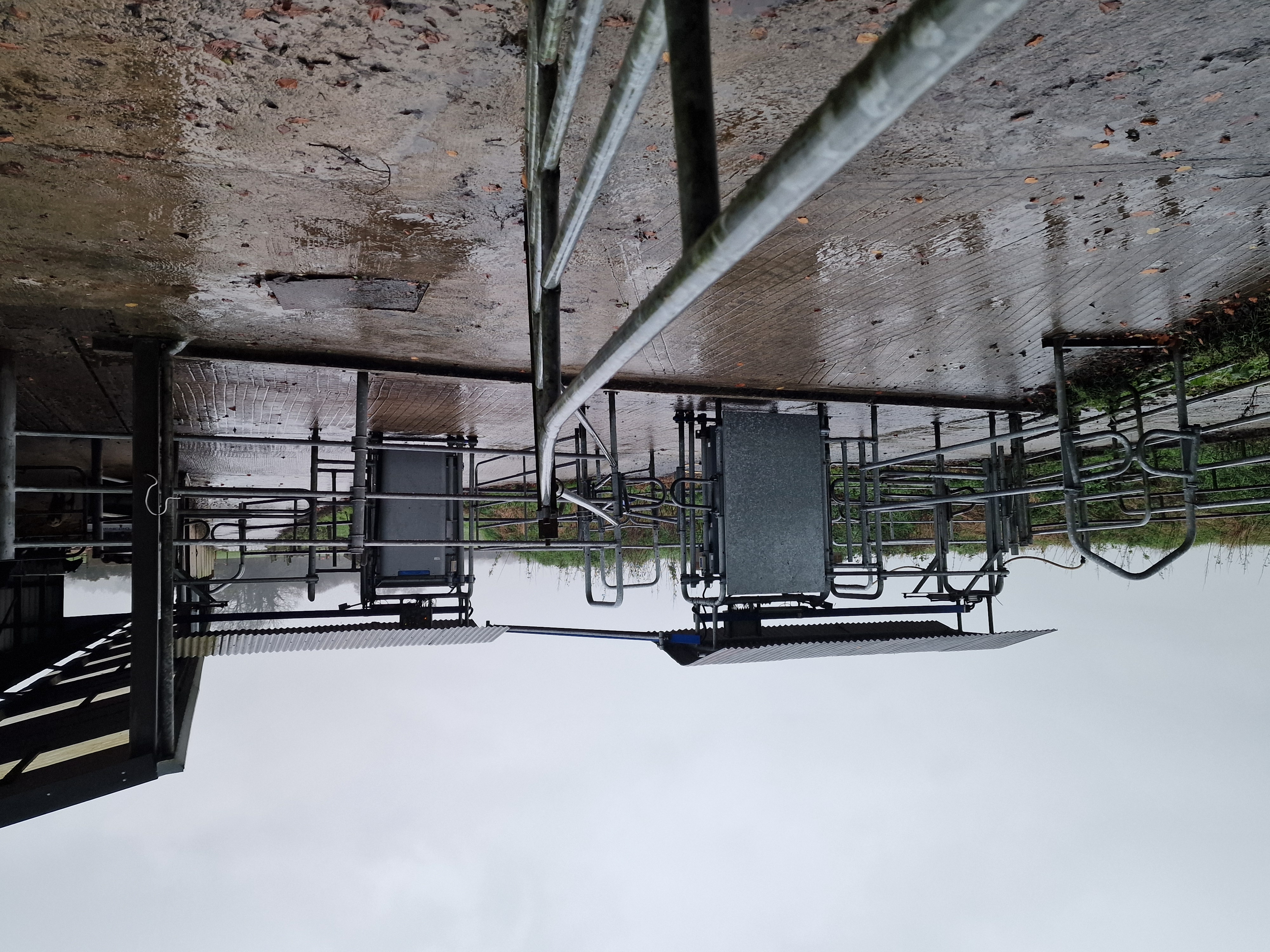
The herd is block calved in the spring and the family choose to elongate the calving period to three months from mid January to early April.
“This gives us chance to manage calving with other farm work like ploughing and drilling. With just two of us we are mindful to make every effort to take the pressure off,” he says.
This is reflected in their choice to adopt an A,B,C grazing system with the robots. The herd is strip grazed in fenced off paddocks that are measured by dry matter content to ensure there is sufficient forage for the number of cows.
“It’s a daily task, but it takes a fraction of the time parlour work would. The herd grazes area A from 6am until 1pm, area C from 1pm until 7pm and then area B from 7pm until 6am. We have switched areas B and C to provide the herd with space to rest overnight, meaning the cows don’t have to return to the shed,” he explains.
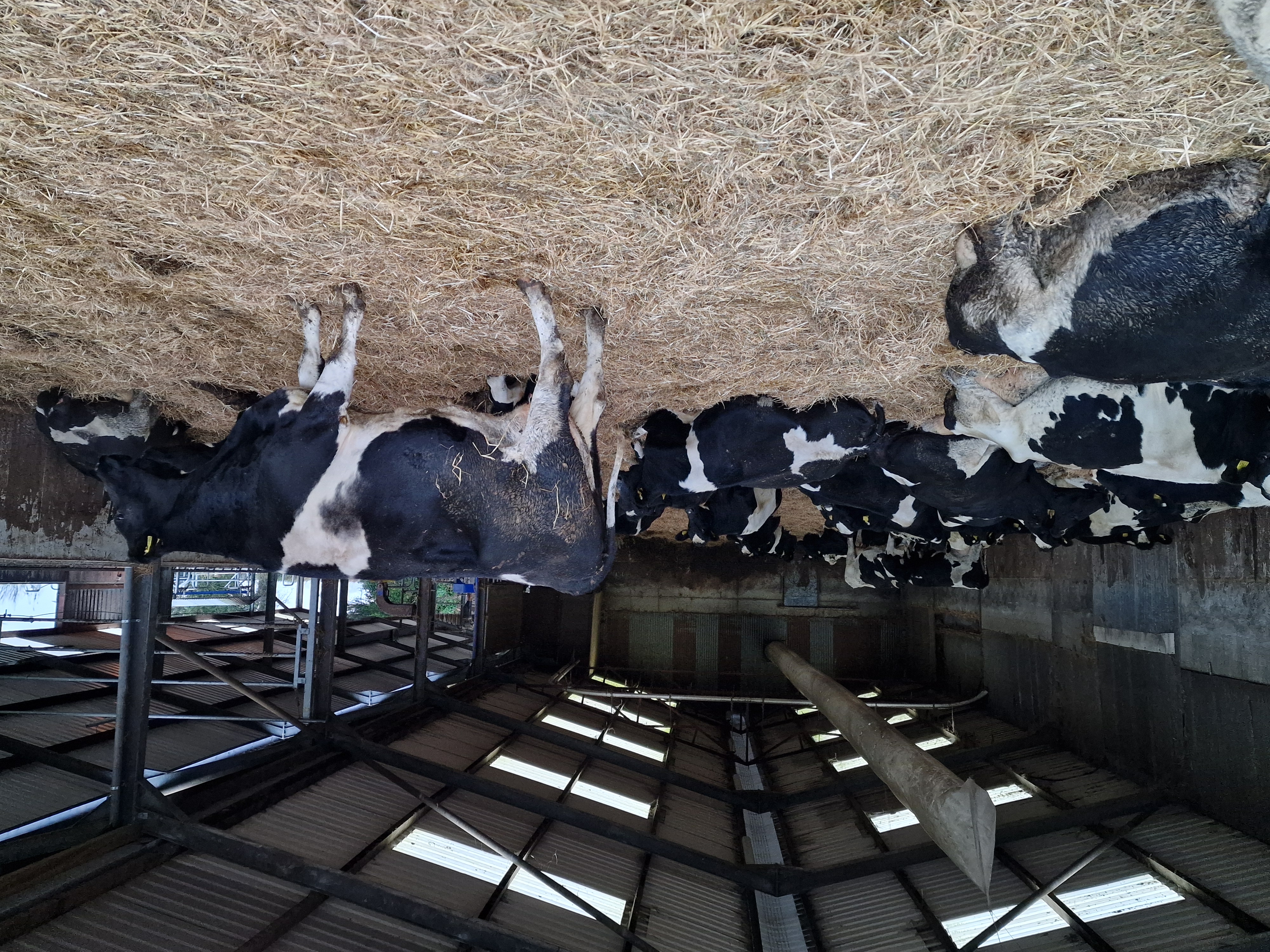
There are no cubicles in the shed, just straw bedding for the cows to lie on during winter. Silage is buffer fed and pushed up by a DeLaval OptiDuo robot.
“The OptiDuo operates on a programmed cycle to push up, mix, and refresh forage all day and night. The cows always react when it starts up and come to the pass to feed. It is a great labour and time saver, it also saves tying up a loader or tractor,” he says.
And the technology does not stop at the practical. The farm has also invested in a body condition score camera and a somatic cell counter.
“The camera is of most use when cows calve and when they dry off. It helps us manage their condition and adjust their ration, especially when it comes to younger heifers because we don’t want them to have too much,” he says.
It is also helping dry cow management and, by monitoring cow health throughout the drying off process, he is able to see how well each cow transitions back to being in calf.
The DeLaval OCC cell counter is used to detect subclinical mastitis. Like the progesterone testing system, it takes a milk sample and uses an online cell counter to take a measurement.
“We had this technology on the older Classic robots and it is a great tool for managing mastitis. It also helps provide data that helps with our selective dry cow therapy, which has helped us reduce our antibiotic use. 80% of the herd no longer need antibiotics, which is both a cost saving and a more sustainable way to milk,” he says.
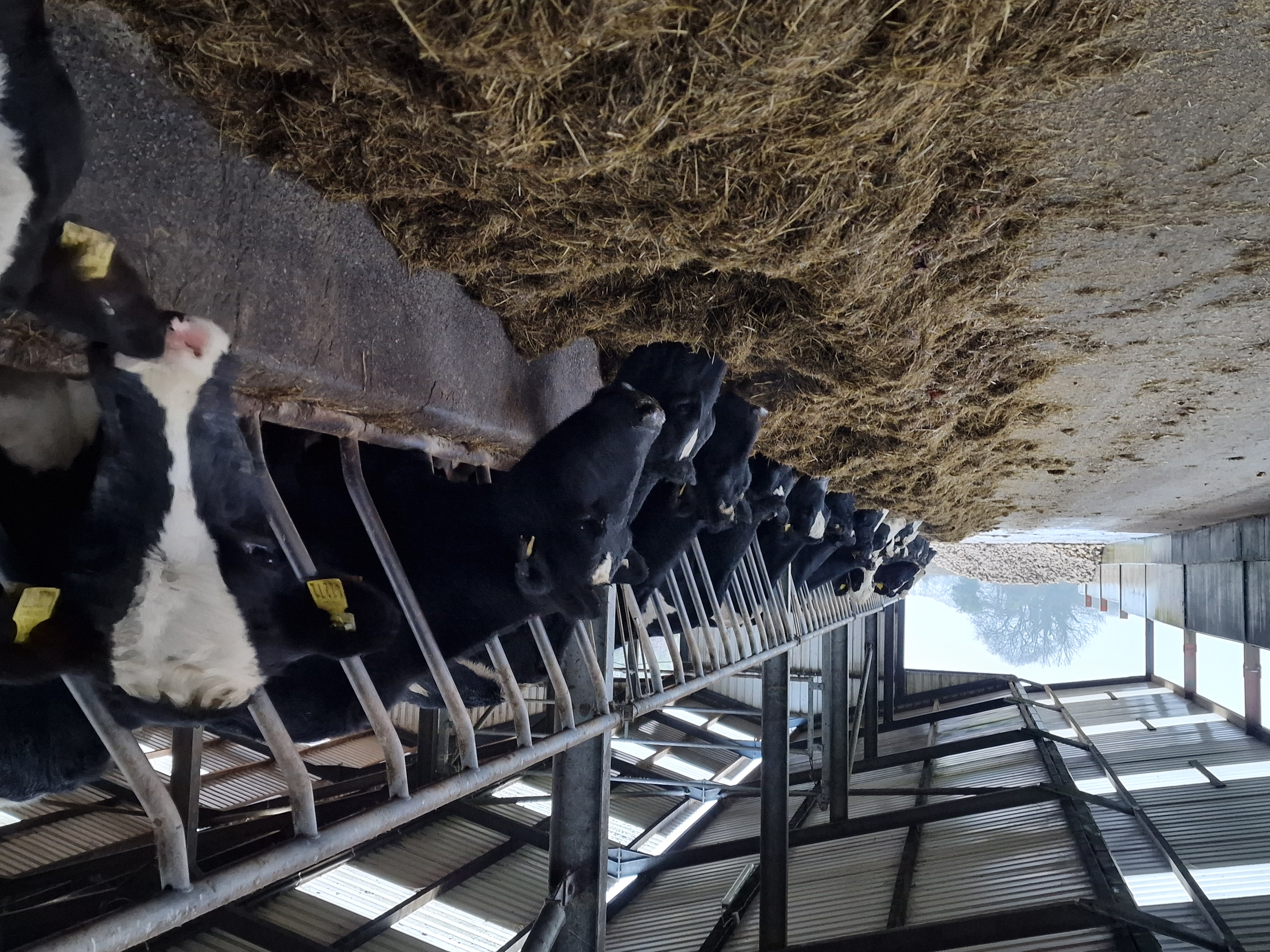
Keen to embrace technology, he has also been an early adopter of the DeLaval Plus system which collects data from his herd and benchmarks it against an international database.
“We are in the early stages, but I can already see how interpreting the data will be easier with this system. Rather than have to look at multiple reports, it is able to interpret the data for us and present the important issues without us having to find them,” he says.
The farm is on a full service support package with DeLaval dealer EFS Automation who service and replace all the consumable parts.
“This again takes the pressure off us. We didn’t do it straight away because it would be cheaper to manage the robots ourselves but, when everything is taken into account, it is better to have the full service package and I think it is saving us time and money too,” he adds.
Since the first robot was installed the farm has doubled the herd size and tripled the farm’s yield.
“It has been ten years of learning and adapting to the technology but now we have a system that is easy to live with, and far more productive than when we milked through a parlour,” he concludes.
For more information on the DeLaval VMS™ V300 series of milking robots, click here.